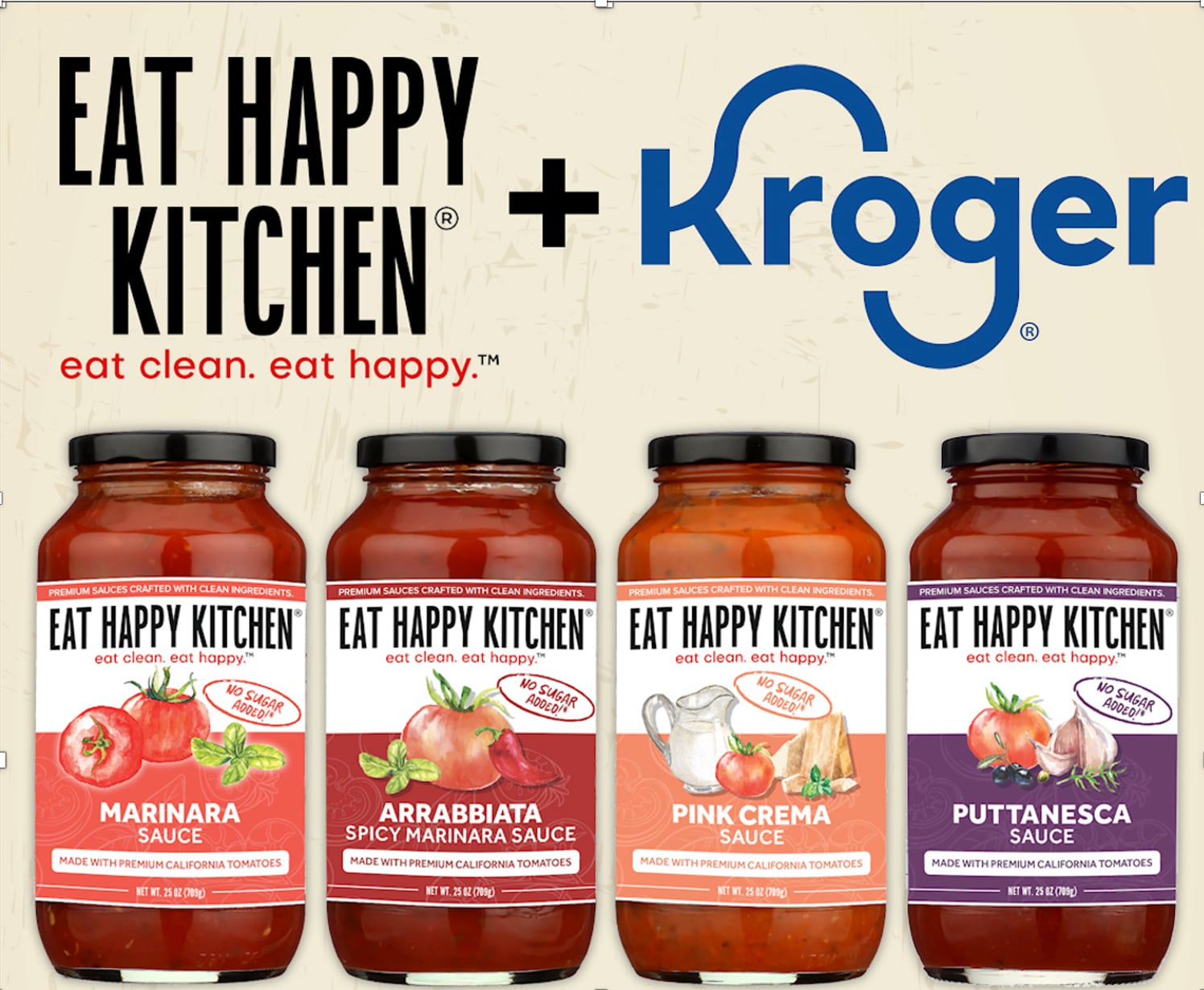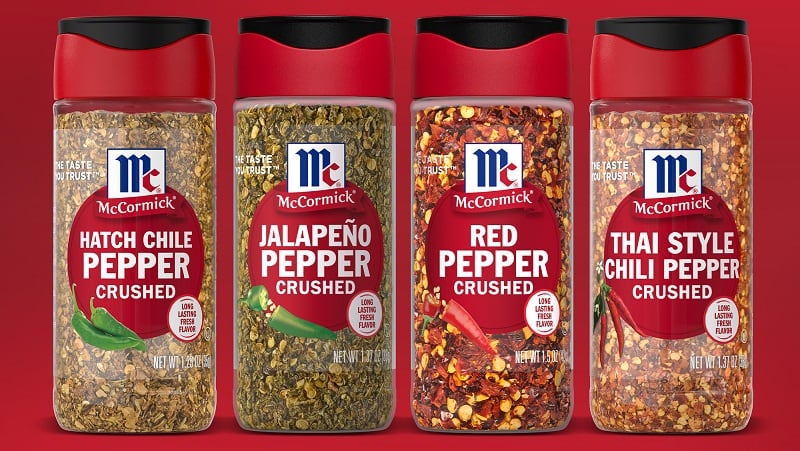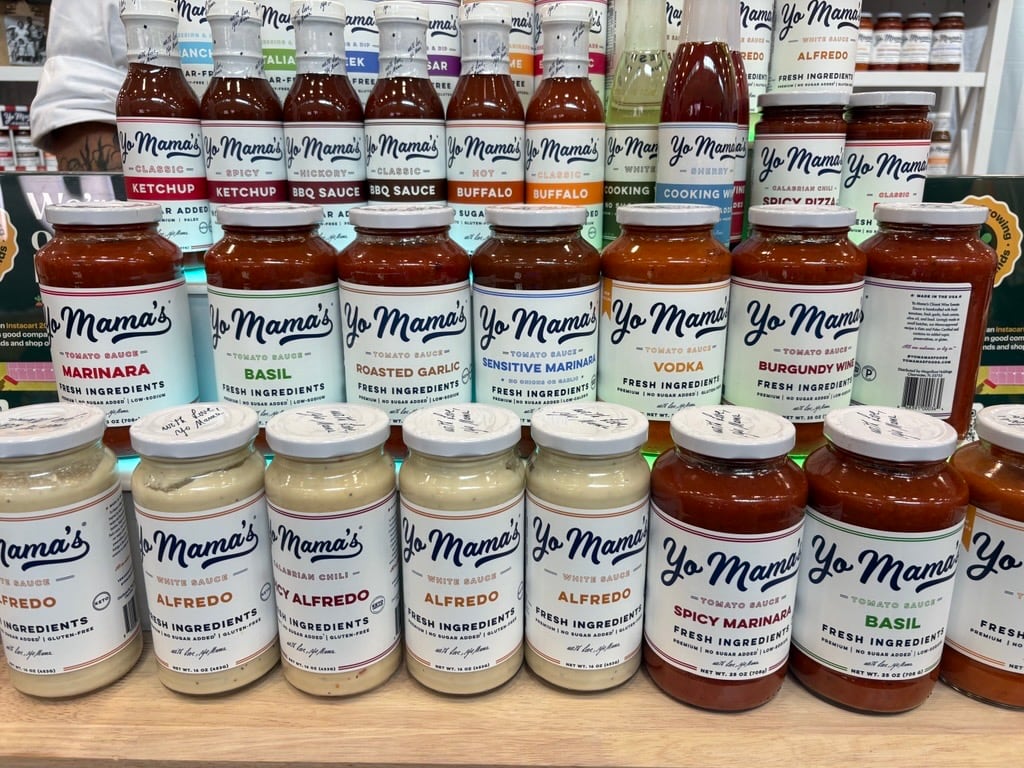Eat Happy Kitchen, the clean-label pasta sauce company founded by author, podcaster and entrepreneur Anna Vocino, expanded its Kroger footprint thanks to a key partnership formed at the 2024 Natural Products Expo West.
Earlier this week, the brand announced its addition of 479 new Kroger stores, nearly doubling its presence across the grocer’s family of banners, including Fred Meyers, Ralphs, King Soopers, QFC, Smith’s and Fry’s.
The startup‘s retail journey started out across 250 Pavilion’s, Gelson’s and Central Market stores at the beginning of 2024 and has since surpassed 850 retail stores, according to the company.
Vocino, known for her work educating consumers about clean eating through her cookbooks and Substack podcast, pulled from her built-in audience to promote the Eat Happy Kitchen brand.
“My core customer is somebody who found my work because they’re trying to change the way that they eat and cut out sugars and processed foods from their diet,” she said. “I teach people how to read labels on my podcast and on my Substack. So, I want to be that food company that has the clean formulas and is walking the talk, as it were.”
Eat Happy Kitchen’s lineup of sauces include marinara, puttanesca, pink crema and arrabbiata spicy marinara.
The 30-second pitch that opened retail doors
The Kroger relationship started during a 30-second pitch slam at Expo West in 2024 hosted by Startup CPG.
“We were lucky enough to get a boost in the Startup CPG section at Expo West in 2024,” said Vocino. “At the time, Kroger and CPG legend Holly Adrian (Good Pop), was hosting a pitch slam in the Startup CPG section.”
The pitch – and product – landed, Vocino said.
“She tasted it, loved it, and she said, ‘This is great, because my pasta sauce buyer said, come back with the next carbone,’ and I said, ‘How about the next female-owned carbone?’ And she said, ‘Even better.’”
From that brief exchange, Vocino followed up diligently with Kroger’s team, sending samples and her cookbooks to highlight the brand’s origin and mission of delivering a flavor-forward, clean label pasta sauce. Though the process took months, by October 2024, Eat Happy Kitchen had confirmation: the brand would be added to six Kroger banners.
“I was shocked,” said Vocino. “I didn’t do a presentation – a formal presentation – so I was shocked. And how it was framed to me is that they were looking for better-for-you options on their mainline sets.”
Kicking off with KeHE and regional growth
Vocino attributes the brand’s broader momentum to the partnership with distributor KeHE, which began several years ago.
To open a larger level of distribution, companies could have an anchor account – or a well-known retailer or distributor – to provide traction and proof of performance needed to scale into more doors.
“Once we had our first anchor account in our home market, we were able to kind of hit the ground running” with the Kehe distribution, Vocino explained.
Although Kroger has not confirmed the rationale for its regional rollout, Vocino speculates that the initial expansion targets banners in the western US, particularly those operating west of the Mountain Time Zone, such as Ralphs or Fred Meyer.
“I would assume they want to see how we are going to perform in the western half of the country,” she explained. “And then if we do well, we have an opportunity to expand.”
Funding growth through community support
Scaling quickly, however, came with cash flow hurdles.
Thanks to a recent crowdfunding campaign – backed by loyal fans from her cookbooks and Substack – Eat Happy Kitchen raised close to $700,000 to help cover the retail expansion.
“It’s all people who really are mission-driven and really care about wanting to get better-for-you food across the country,” said Vocino of the donors.
Vocino’s built-in community continues to be a critical engine for growth, she added.
Switching from DTC to retail
The brand first launched via direct-to-consumer, however the team learned quickly that “sauce is very heavy to ship,” which prompted them to pivot towards retail which will require more capital, Vocino said
“There’s a lag time in, the time that you need to make your product, then the POS come in, then you ship the product, then you actually get paid for it. So you need to be able to float that cash,” she explained.
Vocino says the support came largely from her community.
“It was incredible with my cookbook fans, my podcast listeners, my Substack subscribers. It was it’s all people who really are mission driven and really care about wanting to get better for you food across the country.”
Navigating tariffs, ingredients and domestic sourcing
Like many CPG founders, Vocino is navigating a complex global sourcing environment. In response to fluctuating tariffs and ongoing trade uncertainty, Eat Happy Kitchen switched from imported to domestic tomatoes.
“We used organic Italian tomatoes, and now we have switched to a domestic, gorgeous tomato. It’s a conventional tomato that’s California based, and it’s clean, clean, clean,” she said.
The company also diversified its offerings to include spice blends and upcoming cheese bites, but remains cautious on sourcing.
“The one piece of the puzzle that we have are these new spice blends that are coming from China,” which were delayed and initially subjected to a 157% tariff, and shortly dropped to between 10% and 30%, Vocino said, highlighting the economic volatility the brand is facing with sourcing.
Vocino says strategic pricing is key: “We are not hemorrhaging cash, so we make sure our pricing is set where we can stay in business in the long term and weather the external economic effect.”




